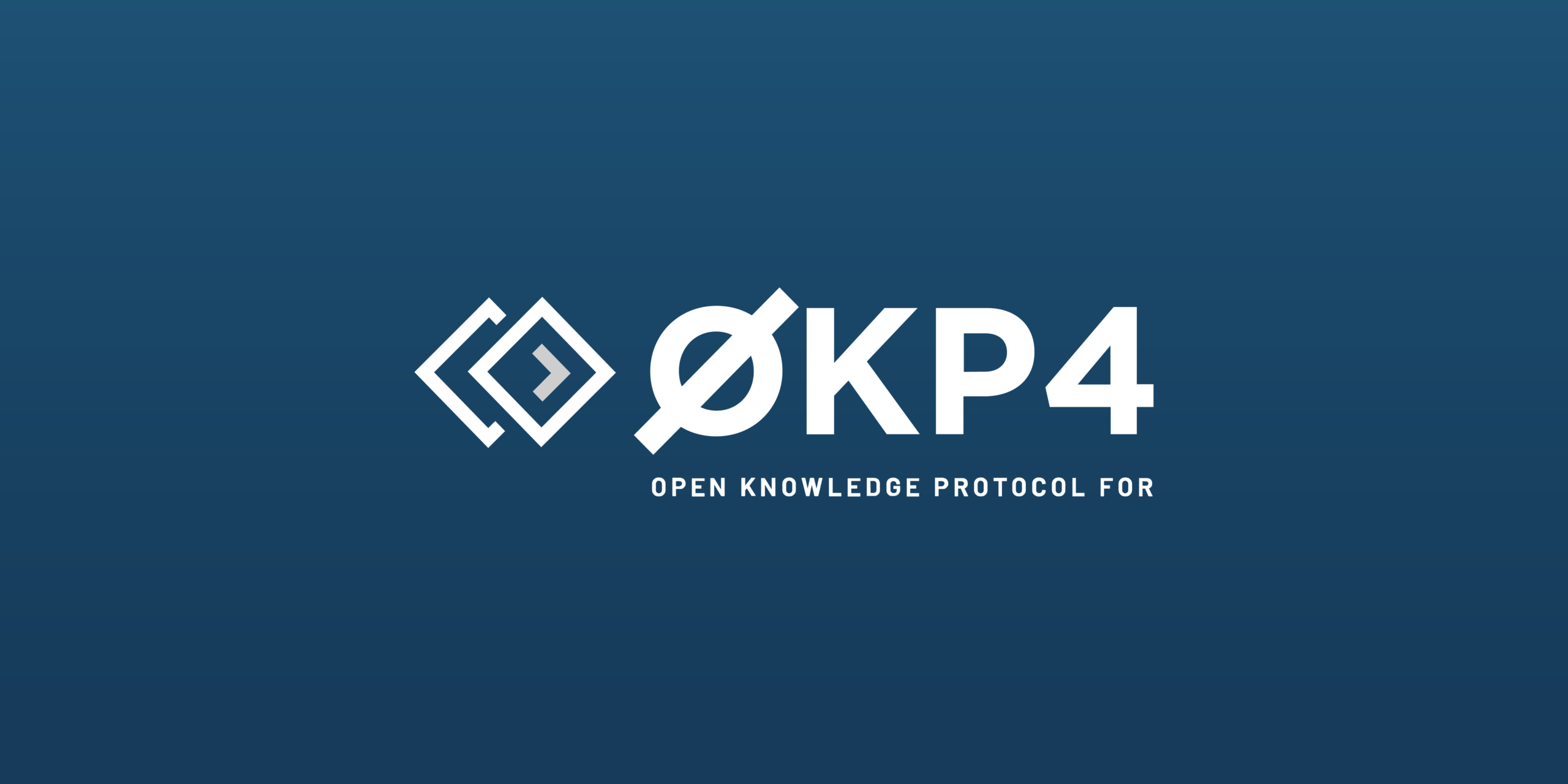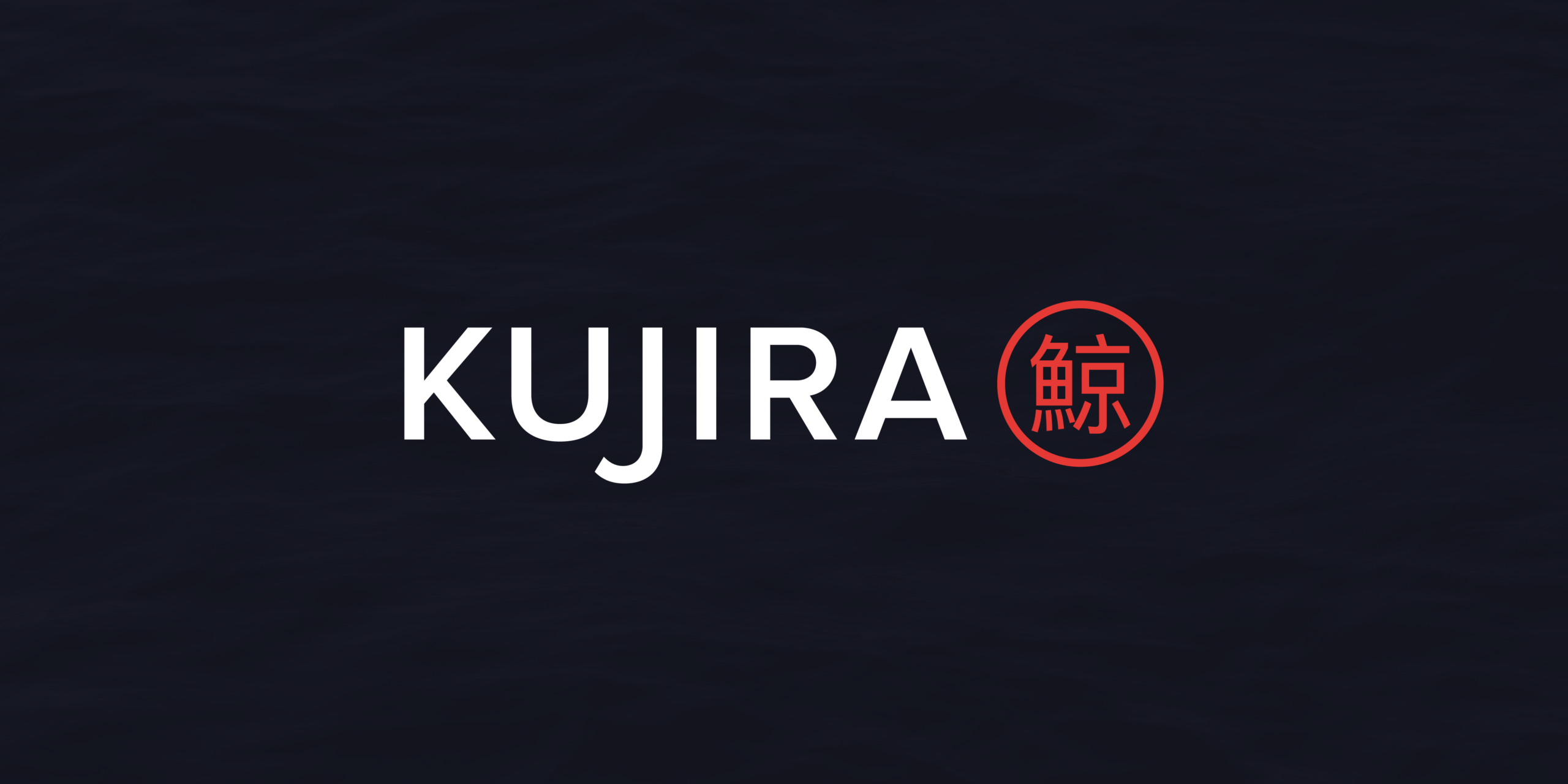Introduction
OKP4 presents as an innovative public blockchain, pioneering the sharing and orchestration of off-chain resources encompassing datasets, algorithms, and services. With a vision to offer smart contracts the capability to coordinate off-chain data and oversee its access, OKP4 aims to bridge the gap between blockchain and traditional data resources.
Innovation
OKP4 stands out with its proposition of the “Dataverse,” a universe of interconnected datasets and resources. Combining the principles of Inter-Blockchain Communication (IBC) to govern off-chain resources over various blockchains, it places itself at the forefront of blockchain orchestration. While it does position itself as a Layer 1 blockchain showcasing unique traits, it’s worth noting that other similar projects have achieved moderate results.
Architecture
The architecture of OKP4 is a double-edged sword. While it excels in integrating and orchestrating off-chain data, its lack of built-in data storage could limit its decentralization and robustness. The strength lies in the IBC framework, allowing for fluid communication across blockchains, and the choice to use the Tendermint consensus protocol ensures security.
Code Quality
The codebase of OKP4 is commendable. Its rigorous maintenance by an adept team ensures its standard. However, a finer granularity in the commenting might further aid developers in understanding and collaborating on the platform. Maintaining high-quality code is pivotal for a blockchain’s success, and OKP4 is on the right path.
Product Roadmap
The ambiguity surrounding the mainnet launch date on their official website can cause concern for potential adopters. However, OKP4’s approach in offering diverse protocol versions tailored for different use cases is an interesting strategy, showing their commitment to a wide range of applications.
OKP4 Usability
OKP4’s strategic integration with web2 and web3 data protocols makes it a potent tool for end users. This seamless integration promotes easy interaction with a vast array of data, which significantly boosts usability and potential adoption. This interoperability is a vital advantage with the current shift towards decentralized technologies.
Team
Behind OKP4 lies a proficient team, evident from the project’s high-quality code and innovative features. While the product is technically sound, a more precise roadmap and increased transparency could further boost community trust and engagement.
Conclusion
In conclusion, OKP4 offers a fresh perspective on blockchain orchestration and data integration. While it boasts significant innovation and reliable code quality, a more precise roadmap and enhanced decentralization features could position it as a leading player in the blockchain orchestration space. As the blockchain ecosystem evolves, OKP4’s approach to integrating off-chain resources might be a game-changer. Time will tell if they can capitalize on their unique offerings and garner a significant user base.
The project is expected to score 87.27% after mainnet.
| Initial Screening | |||
| Keep researching | |||
| Does this project need to use blockchain technology? | Yes | ||
| Can this project be realized? | Yes | ||
| Is there a viable use case for this project? | Yes | ||
| Is the project protected from commonly known attacks? | Yes | ||
| Are there no careless errors in the whitepaper? | Yes | ||
| Project Technology Score | |||
| Description | Scorecard | ||
| Innovation (Out Of 11) | 10 | ||
| How have similar projects performed? | Good | 1 | |
| Are there too many innovations? | Regular | 2 | |
| Percentage of crypto users that will use the project? | Over 11% | 5 | |
| Is the project unique? | Yes | 2 | |
| Architecture (Out of 12) | 8 | ||
| Overall feeling after reading whitepaper? | Medium | 1 | |
| Resistance to possible attacks? | Medium | 1 | |
| Complexity of the architecture? | Easy | 2 | |
| Time taken to understand the architecture? | Less than 20 min | 2 | |
| Overall feeling about the architecture after deeper research? | Medium | 2 | |
| Has the project been hacked ? | No | 0 | |
| Code Quality (out of 15) | 14 | ||
| Is the project open source? | Yes | 2 | |
| Does the project use good code like C,C++, Rust, Erlang, Ruby, etc? | Yes | 2 | |
| Could the project use better programming languages? | No | 0 | |
| Github number of lines? | More than 10K | 1 | |
| Github commits per month? | More than 10 | 2 | |
| What is the quality of the code? | Good | 2 | |
| How well is the code commented? | Good | 1 | |
| Overall quality of the test coverage? | Outstanding | 2 | |
| Overall quality of the maintainability index? | Outstanding | 2 | |
| When Mainnet (out of 5) | 5 | ||
| When does the mainnet come out? | Mainnet Ready | 5 | |
| Usability for Infrastructure Projects (out of 5) | 5 | ||
| Is it easy to use for the end customer? | Yes | 5 | |
| Team (out of 7) | 6 | ||
| Number of active developers? | 5+ | 2 | |
| Developers average Git Background? | Senior | 2 | |
| Developers coding style? | Solid | 2 | |
| Total Score (out of 55) | 48 | ||
| Percentage Score | |||
| Innovation | 18.18% | ||
| Architecture | 14.55% | ||
| Code Quality | 25.45% | ||
| Mainnet | 9.09% | ||
| Usability | 9.09% | ||
| Team | 10.91% | ||
| Total | 87.27% |





